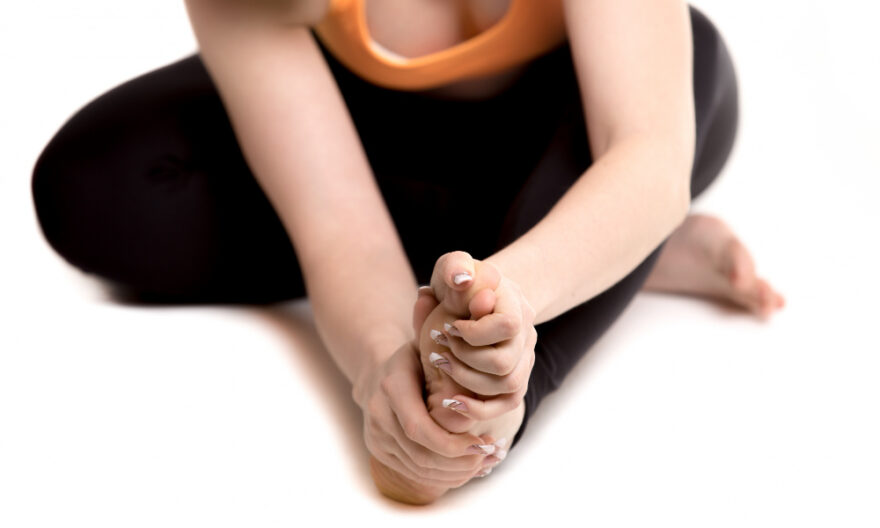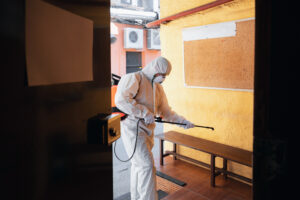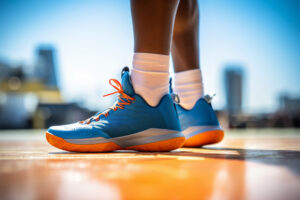
People’s choice in dealing with bunions — bony bumps on the base of the big toe — is largely limited to various levels of discomfort and frustration. From the pain of putting on shoes to the inability to engage in action, the issue of tackling or treating a bunion may quickly escalate. And there are situations when they invariably require surgical treatment. We have put together some bunion pain relief methods for the suffering and investigated some signs that suggest it is time to call a bunion specialist.
Understanding Bunion Pain:
Medically referred to as hallux valgus, bunions develop when the big toe points inward toward the second toe and its joint at the base protrudes. This misalignment triggers inflammation, swelling, and sometimes significant pain. The pain caused by bunions can range from mild to severe, affecting the ability to walk, stand, or wear some types of shoes due to discomfort.
Methods for Bunion Pain Relief:
Footwear Modifications:
Appropriate footwear is also a significant aspect of bunion assistance and pain alleviation. A broad toe box will allow the toes more room to circulate without putting additional pressure on the bunion. The broad toe box likewise helps keep the toes from becoming pushed too closely together, exacerbating the deformity. The addition of high heels or shoes with tight-toe boxes may need to be avoided. High heels lean one’s body forward onto the toes, increasing the pressure on the bunion. Shoes with limited toe space will also compress the toes against shoes with every walking step, resulting in additional bunion discomfort. Therefore, it is vital to wear supportive and comfortable shoes.
Padding and Cushioning:
Hermann Bunion Pads or Cushions are simple and effective to provide bunion pain relief. The pads are made of soft gel and are wrapped in material that can be placed directly on the bunion, thus reducing friction and relieving pressure. The pads suggested by a bunion specialist acts by buffering the bunions from the shoes while walking or standing for extended periods. Bunion pads reduce pressure and soreness and prevent the formation of blisters and calluses. Regular bunion pads relieve pain associated with bunions and improve the comfort of people with the condition.
Orthotic Inserts:
Orthotic inserts, supportive devices custom-made to address the weak areas of the foot, are also useful. Orthotic inserts can be used to redistribute pressure from the bunion, restoring proper pressure distribution and preserving bunion health. They are made to fit one’s foot shape to maximize support for the key areas in need. Orthotic inserts help adjust discrepancies in the standard foot mask while promoting healthier alignment. Properly aligned feet assist in lowering pressure on the bunion, reducing discomfort and preserving the area from more damage. Regular shoes or custom-designed footwear can be worn with orthotic inserts to help relieve bunion pain while also improving the health of other vital foot supplies.
Ice Therapy:
Both of these keep the infection dormant or simply minimize the infection. When the bunion pain worsens after extended periods of standing or walking, ice therapy or cold therapy may offer instant and temporary reduction and help manage inflammation in the target place. Repeated application of an ice pack to the bunion, for 15-20 minutes per application, may help in deadening the discomfort and relieving the swelling. Decreased temperature constricts the blood arteries and reduces blood flow in the infected site, essentially minimizing inflammation. It is vital to wrap the ice pack with a napkin or a light towel before attaching it to the body to avoid ice burns. Ice therapy can be a rewarding activity for bunion relief.
Medications:
Over-the-counter pain relievers that help ease bunion pain include ibuprofen or acetaminophen. These painkillers help to block pain signaling and reduce the body’s inflammation near the bunion site. Nevertheless, one should use these drugs according to prescribed directions, and failure to reduce the pain should reach a professional health worker. Other pain relief options include applying topical creams and gels such as menthol and capsaicin to the bunion site for temporary pain relief. Nonetheless, the above drugs help mask the pain and do not treat the problem; working combined with other conservative treatment surgery yields the best result.
When to Consider Surgery:
Although conservative treatments may alleviate the pain from a bunion, surgery might be required under the following conditions: If conservative therapy does not alleviate the discomfort or the deformity significantly impedes daily activities, make an appointment with a bunion expert.
Surgery may be required if you have the following symptoms:
- Persistent discomfort arising from the bunion despite conservative methods to alleviate pain
- Difficulty strolling or wearing shoes comfortably due to the size of the bunion
- Progressive disfigurement of the toe joint that is causing misalignment
- Regular inflammation and swelling about the bunion
Consulting a Bunion Specialist:
People who encounter a relentless ache of pain due to a bunion occurring in the first place or a bunion that worsens deformity should consider visiting a specialist devoted to dealing with such conditions. Podiatrists and orthopedic surgeons have been professionally trained to assess and handle foot disorders, including bunions, with vigor, passion, and exactitude.
Upon reaching the entrance of the specialist’s room or vicinity, the patient will have a whole lot to offer to the specialist based on his or her unique life encounters. The next step entails a physical examination, during which the specialist looks into some of the toes’ alignment, the bunions’ angle, the big toe’s flexibility, and the level of mobility, among other tests.
Other essential diagnostics meant to be conducted include the x-ray procedures, whereby the necessary imaging tests are done to provide visuals to the doctor, indicating any hitches or abnormalities likely to occur or which are present. It helps distinguish different types of bunions and helps the doctor recommend plausible remedies for them.
After securing relevant information, the specialist who met with the patient will take the patient through all the procedures and otherwise administer medical examination results to the patient. Then, he or she will make the essential medication to help the victims plan the treatment.




